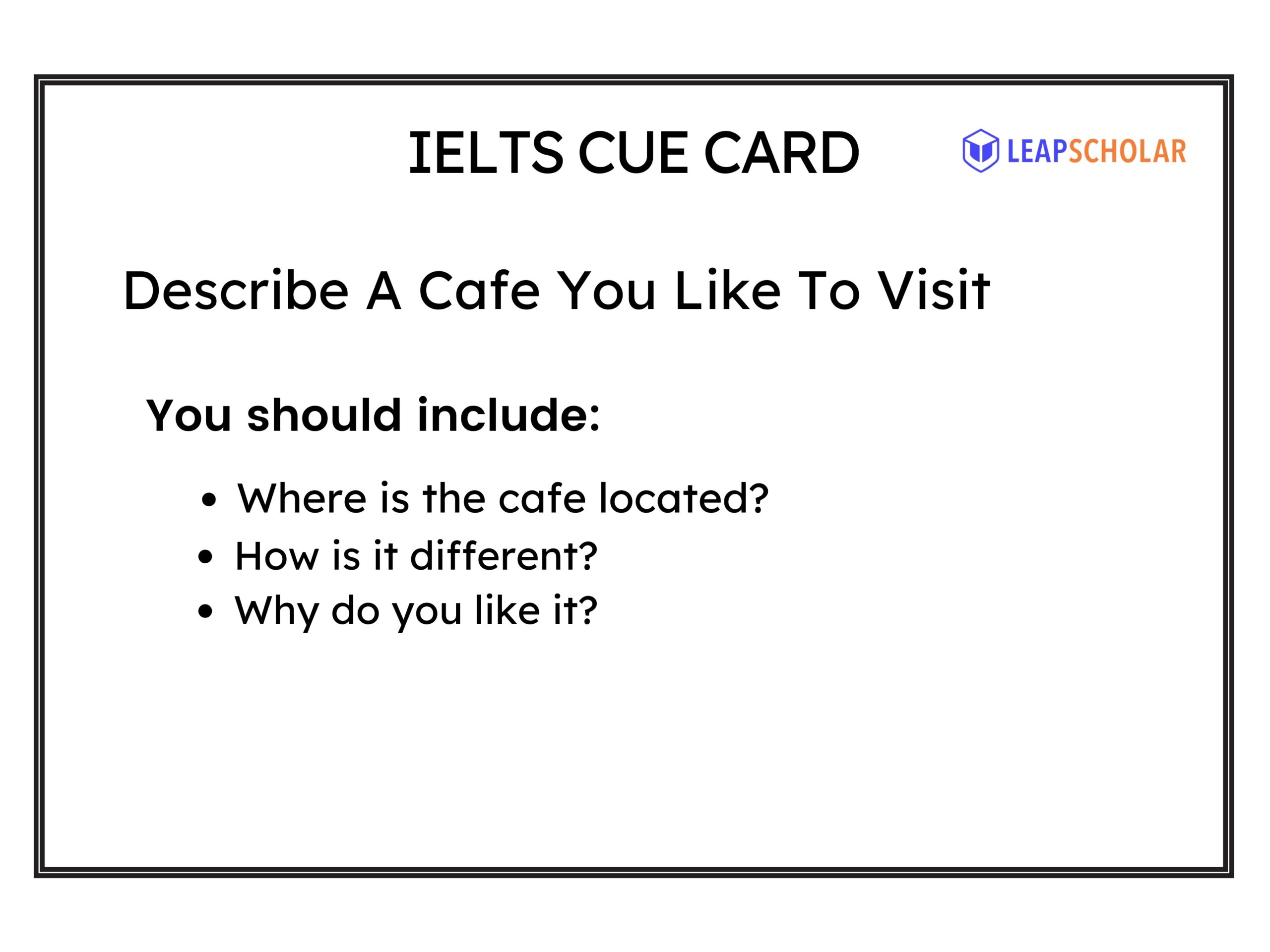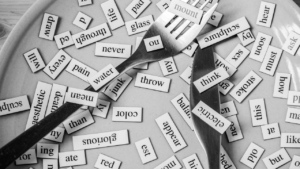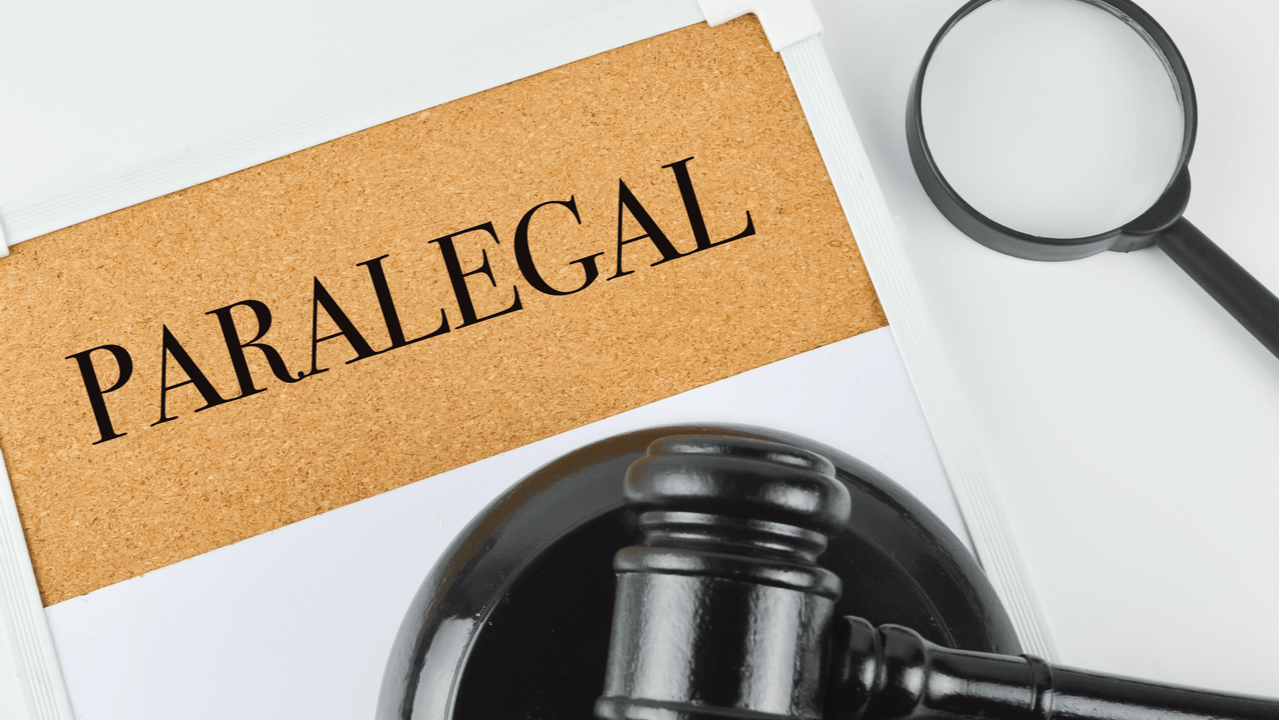“Describe A Cafe You Like To Visit” is one of the frequently asked IELTS cue card topics. And yes, you can speak about your tiny neighbourhood cafe as well.
Remember, your examiner is not interested in visiting your favourite cafe but is very much interested in your description of it.
Getting a vibrant topic such as “Describe A Cafe You Like To Visit” is your golden opportunity to express your exceptional speaking skills. Pick any one of the cafes you love speaking about, but make sure it has some exciting elements to elaborate on.
In this blog, we will discuss the IELTS cue card “Describe A Cafe You Like To Visit”. Let us explore how to make your Cue Card section genuine, interactive and effective.
Leap Advantage Virtual Spot Offer Event on May 10th 2024

Last call to secure your spot for Masters in STEM Program in the US for Fall ’24 exclusively for graduates and above.
Leap Advantage Virtual Spot Offer Event on May 10th 2024
Last call to secure your spot for Masters in STEM Program in the US for Fall ’24 exclusively for graduates and above.

IELTS Speaking Section
IELTS or International English Language Testing System is an international standardised English language proficiency test, accepted by more than 11,500 organisations across 140 countries.
The IELTS consists of four sections: Reading, Writing, Listening and Speaking. Within 2 hours and 45 minutes of test time, 11-14 minutes is reserved for the IELTS Speaking test.
IELTS Speaking Overview:
| Duration | 11–14 minutes |
| Number of Parts | 3 |
| Band Score Range | 0-9 |
| Test Mode | Offline/Online |
The IELTS Speaking section is the shortest section within all four modules. It contains a face-to-face interview between the candidate and the examiner.
The IELTS Speaking section provides you with various tasks to assess your English language speaking skills. The section consists of three parts.
The IELTS Speaking parts are:
- Part 1: Introduction and Interview (4–5 minutes)
- Part 2: Long turn or Cue Card (3–4 minutes)
- Part 3: Discussion (4–5 minutes)
The first part consists of your formal introduction. It is during the second part that you pick a specific task for the test. The final part is a discussion round which is based on the task you received for part 2.
Let us look at the IELTS Cue Card section in detail.
IELTS Speaking Part 2: Cue Card
The second part of the IELTS Speaking test is the Individual Long Turn. It is often called the IELTS Cue Card section. In this section, the examiner provides you with a task card or cue card.

The cue card defines a particular topic on which you will have to speak. For example, “Describe A Cafe You Like To Visit”. The cue card will instruct you on what points to include in your speech and also ask you to explain one aspect of the given topic.
The total duration of part 2 is 3-4 minutes. A breakdown of the allocated time is given below.
Duration of IELTS Speaking Part 2:
| Total Duration of IELTS Speaking Part 2 | 3-4 minutes |
| Preparation Time | 1 minute |
| Speaking Time | 2-3 minutes |
During the preparation time, the examiner will give you a pencil and paper to make notes if needed. You can use this time to structure your answer with the help of the notes.
Afterwards, the examiner will instruct you to begin your answer and also remind you of the ending time. They may ask you one or two questions based on the topic.
Crack IELTS Exam in first attempt

Attend Leap’s free masterclass to get tips, tricks and advance strategies to crack IELTS exam in first attempt
Crack IELTS Exam in first attempt
Attend Leap’s free masterclass to get tips, tricks and advance strategies to crack IELTS exam in first attempt

How to Answer the Cue Card: Describe A Cafe You Like To Visit
Once you are given a cue card, the next step is to plan your answer. During the 1-minute preparation time, you have to structure your answer.
Begin your answer by providing a short introduction to the topic. Then explain your topic in detail. In the end, give a brief conclusion to your speech.
One of the effective ways to answer a cue card topic is by breaking down the topic into 3-4 questions. This way you can cover all the major sides of the topic.
Let us break down the given topic “Describe A Cafe You Like To Visit” into questions.
Major questions to cover:
- What is the name of the cafe?
- Where is the cafe located?
- What kind of food does it serve?
- Why do you like the cafe?
Now you can find major points to answer each of these questions. Answer them one after the other and do not elaborate too much on a single answer. Try to cover all the questions within the given time.
Sample Answers to Describe A Cafe You Like To Visit Cue Card
We have compiled a few sample answers for your reference. You can refer to the structuring of the answers, grammatical style, tone and the vocabulary used in each of them.
Try to draft your answers based on the given samples.
Describe A Cafe You Like To Visit: Sample Answer 1
Sample 1 for Describe A Cafe You Like To Visit cue card is given below. Check out all the parts of the answer and analyse how the answer is being delivered.
Introduction:
When I was living in Delhi I used to visit a cafe which is quite popular for its food and ambience.
What is the name of the cafe?
The actual name of the cafe is Kulhad. However, the place is popularly known as Uncle Tom’s Cafe.
Where is the cafe located?
Uncle Tom’s Cafe is situated just opposite my college. Being at the centre of the city, the place was a go-to option for most of us.
What kind of food does it serve?
The cafe served both Indian and Chinese food. Not only snacks were available, but also full-course meals were there. In addition to these, they served the best tea in the town. Due to its popular tea, the place used to flood with students after college hours.
Why do you like the cafe?
Everybody loved this place for its eatables. However, I liked it for the refreshing ambience it provided. The cafe is located in an open space with a lot of lighting. But I must admit that their hot samosas were also a major reason to pick Uncle Tom’s Cafe every time.
Conclusion:
It has been a long time since I visited there. If I visit Delhi again, this will be the first place I will rush into. And I will always love this place for all the good memories it gave me.
Describe A Cafe You Like To Visit: Sample Answer 2
Now look at sample 2 for the Describe A Cafe You Like To Visit cue card. Observe the sentence structure and the flow of the sentences.
Introduction:
I am a socially extroverted person and I love going to public places such as cafes. Here I get to interact with a lot of new people.
What is the name of the cafe?
My favourite place to visit is the Daffodil Cafe.
Where is the cafe located?
It is located opposite my apartment. Since I live in a small town this place is the only cafe in our locality.
What kind of food does it serve?
I often have my breakfast from here. They serve delicious burgers and crispy fries. In addition to the food, they also have drinks at a reasonable price.
Why do you like the cafe?
I love this cafe for the vibrant atmosphere it has. The colourful walls and paintings of the place make it a beautiful place to visit often. From children to adults, a lot of people visit here daily.
Conclusion:
Even when I rush to my workplace I find 10 minutes to sip a coffee from here. Daffodil Cafe gave me a lot of new friends and I love visiting there often.
Describe A Cafe You Like To Visit: Sample Answer 3
The final sample for the Describe A Cafe You Like To Visit cue card is given below. Read the answers carefully and see how you can answer a single question in multiple ways.
Introduction:
My favourite hobby is reading books. Instead of reading in a reading room, I often opt for quiet cafes and less crowded parks.
What is the name of the cafe?
My favourite place for this is a cafe named Seaside.
Where is the cafe located?
As the name suggests, the cafe is located on the beach. It is a small single-storey building, facing the sea.
What kind of food does it serve?
It does not offer a lot of food items. Mostly they have snacks, fries and coffee. It is not a great option for foodies.
Why do you like the cafe?
But I love this place for the quiet atmosphere and the beautiful scenery it has. Not many people come here during working days. So it is a good place to read a book or to do your work.
Conclusion:
I often recommend this place to my friends. I would love to visit this place again and again.
IELTS Speaking Part 3: Discussion
After completing part 2 of the IELTS Speaking test, you will have the third part of the test. Part 3 is a discussion section. Here, the examiner will ask you a few questions based on your cue card topic.
Frame your answers appropriately and answer the questions with proper grammar and vocabulary.
We have compiled some sample questions and their answers for the Describe A Cafe You Like To Visit cue card.
Check out the sample questions and their answers carefully.
Q1. Are cafes more popular than restaurants?
Answer: Yes, I believe cafes are more popular than restaurants. In recent times, they are gaining more popularity among the public. A major reason for this trend is that restaurants are more formal spaces where you go only to have your food. On the other hand, cafes are a good option to casually hang out with your friends or to meet someone new.
Q2. Why do young people go to cafes more?
Answer: Young people opt for cafes for their open and refreshing ambience. Cafes are more open spaces for social interaction and activities. Apart from serving food, cafes have evolved into a space for young people to meet each other and have fun.
Q3. Do Indians prefer tea over coffee?
Answer: Yes, the majority of Indians prefer tea to coffee. Although tea is a common beverage in most Indian states, they are not the same drink. Indians have a variety of teas with different flavours and colours. While masala tea is popular in Delhi, it is the noon tea that is most preferred in Kashmir. After tea, coffee could be the most popular drink in the country.
Q4. What is the one change you would suggest for your favourite cafe?
Answer: Although I love going to my favourite Seaside Cafe, one thing I would suggest is to include more variety in its food menu. While the cafe provides a really good ambience and view, it lacks many food options. This is a major reason why most food lovers do not prefer this place. Bringing in more food options could be a good addition to the Seaside Cafe.
Q5. Do you think cafes are important in society?
Answer: Yes, I believe that cafes are important in our society. Cafes are a gathering space. People come here to visit each other, to share ideas, to share some food and to maintain connections. They also provide a place to relax and enjoy with your friends. So, I truly believe that cafes are important in our society.
Tips to Answer IELTS Cue Card
The IELTS cue card section is only 3-4 minutes long. But, this short time will determine your overall score. So it is important to prepare and practice well for your IELTS cue card section.
You can try practising some of the commonly asked topics such as Describe A Cafe You Like To Visit or Describe your Favourite Singer.
We have compiled some healthy practices that you can adopt to make your IELTS cue card section better.
Check out the tips below:
- Understand the Task: Read the cue card carefully and try to understand the task properly. In case you do not understand the task, feel free to ask your examiner.
- Use Preparation Time Wisely: Utilise your 1-minute preparation time appropriately. Jot down important ideas and keywords. Use this time to structure your answer properly.
- Do Not By-heart Your Answers: Memorising your answers is not good practice for your IELTS cue card section. This will make your answers look more mechanical. You will also end up panicking if you forget a single line or point. So try not to memorise your answers. Instead, you can memorise important points.
- Speak Clearly: Make your answers clear and concise. Your accent does not matter. So do not overstress on the accent. Instead, try to pronounce the words clearly.
- Speak Fluently: Fluency is a parameter to measure your English language speaking skills. But fluency does not mean speaking fast. Maintain an optimum pace and speak with a proper tone. Take pauses in between and maintain a flow for your speech.
- Answer Completely: Use the given time. Do not give short or one-word answers. Explain your points with examples, details and personal experiences. However, do not overexplain and deviate from our topic.
- Check Vocabulary and Grammar: Language is the most important element in your cue card section. The examiner would not stress your opinion. Instead, he will assess your grammar, vocabulary, pronunciation, tense and other important elements.
- Use Linking Words: You can use linking words such as despite, in contrast, however, in addition to, or whereas. This will help you to connect your ideas properly and maintain the flow of your speech. It will also help your examiner to understand your language skills.
- Manage your Time: Practice proper time management during your rehearsals. Divide your time appropriately and cover all points within the given time. Do not overstress on a single point and waste your time.
- Stay Confident: Try to stay calm and confident throughout your test. Do not panic. Sit properly and maintain a proper posture.
Persistent practice is the quickest way to ace your cue card section. Practice more sample questions and try to answer them on your own.
Practice Other IELTS Cue Cards
- IELTS Cue Card: Describe a Daily Routine That You Enjoy
- IELTS Cue Card: Describe a Chocolate You Didn’t Like
- IELTS Cue Card: Describe a Person Who you Believe Dresses Well
- IELTS Cue Card: Describe a Time When You Observed the Stars
- IELTS Cue Card: Describe your Favourite Singer
- IELTS Cue Card: Describe A Person Who Wears Unusual Clothes
Brief Recap
The IELTS Speaking section is relatively shorter than other IELTS sections. But it has the same band score as other sections. So, it is important to give equal weightage to your speaking section.
You can prepare for your IELTS cue card section through thorough practice. Pick some of the commonly asked tasks and try answering them on your own.
If you find it difficult to keep track of your IELTS study plan, then let us guide you through. Leap IELTS Experts can help you with your IELTS cue card section.
Frequently Asked Questions
-
Q. What is the duration of the IELTS cue card section?
A. The duration of your cue card section is 3-4 minutes. During this time, 1 minute is allocated for preparation. You can use this time to prepare your answer. You can structure your answer according to the time and jot down important ideas. Afterwards, you will be given 2-3 minutes to speak.
-
Q. Can I disagree with the examiner’s opinion during my Speaking discussion section?
A. Yes, you can disagree with the examiner’s opinion during my Speaking discussion section. Your opinion or personal views are not important during your cue card section. The examiner focuses on your structuring and delivery of ideas. Language is the priority of the examiner. So, it is okay to politely disagree with the views of your examiner.
-
Q. What to do if I do not understand my IELTS cue card?
A. In case you do not understand the cue card completely you can ask your examiner to clarify it. Remember to ask politely. For example, you can say “I’m sorry, but I didn’t understand the topic completely. Can you please provide more information on the task?”. Asking your examiner to clarify the topic will not affect your score.
-
Q. Is it okay to ask the examiner for clarification during the preparation time?
A. Yes, you can ask the examiner for clarification during the preparation time. If the task is unclear to you, do not assume the task. Asking for clarification will help you confirm that you are on the topic. After confirmation, you can prepare your answer within the remaining time.
-
Q. Can I get preparation time for my IELTS cue card task?
A. Yes, you can get preparation time for my IELTS cue card task. The total duration of the IELTS cue card task is 3-4 minutes. Within this time, the first minute is reserved for preparation. You can use this time to prepare your answers appropriately. You can also make notes to jot down important points.
-
Q. What are the important language elements I should consider during my cue card task?
A. The objective of the cue card task is to assess your language proficiency. Some of the important elements you can consider during the task are:
– Vocabulary
– Grammar
– Pronunciation
– Fluency
– Coherence -
Q. How can I structure my answer during the cue card task?
A. During the preparation stage, you can structure your answer for the cue card task. Divide your answer into three parts: Introduction, body and conclusion. During the introduction, give a short overview of your topic. Following that, you can explain your points. Consider breaking down your topics into major questions and answering them accordingly. In the end, conclude your presentation within 1-2 lines.
-
Q. Should I memorise answers for common cue card topics?
A. No, do not memorise answers for common cue card topics. By-hearting your answers for your cue card task can make your answers look very artificial. Instead, you can consider memorising important points or examples for your answer. Based on the points, build your answer. Give details, examples and personal experience or opinion as well.
-
Q. Can I use informal language or slang during my cue card task?
A. Using informal usage or slang is not prohibited during your cue card task. However, it is recommended to use a more formal language and tone of speech. The IELTS is designed to analyse your ability to use the English language in academic and formal contexts. So overuse of casual language is not appropriate for the test.
-
Q. Will the examiner reduce my mark if I exceed the time during my cue card section?
A. No, the examiner will not reduce your mark if you exceed the time during the cue card section. The examiner will instruct you if you reach the time limit. Once you are instructed, you can stop answering. Do not argue with the examiner or try to continue speaking.
-
Q. Can I take notes on paper during the preparation time for my cue card task?
A. Yes, you can take notes on paper during the preparation time for my cue card task. The examiner will provide you with a pencil and paper to take notes. During your preparation time, you can make notes. Write down the important points, examples and other relevant information you need to stress.
-
Q. What should I do if I make a language error during my cue card task?
A. It is normal to make minor mistakes during your cue card task. You can correct yourself and continue speaking. However, do not apologise excessively. If correcting disrupts your flow, continue speaking and try to reduce any more mistakes. Do not panic.







